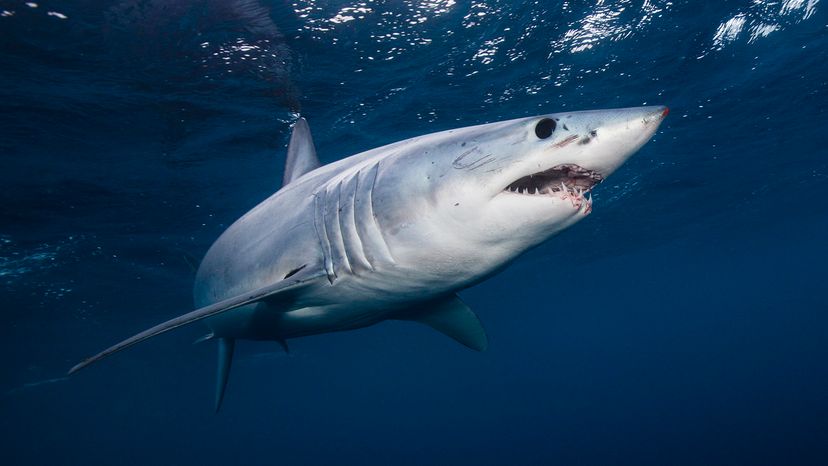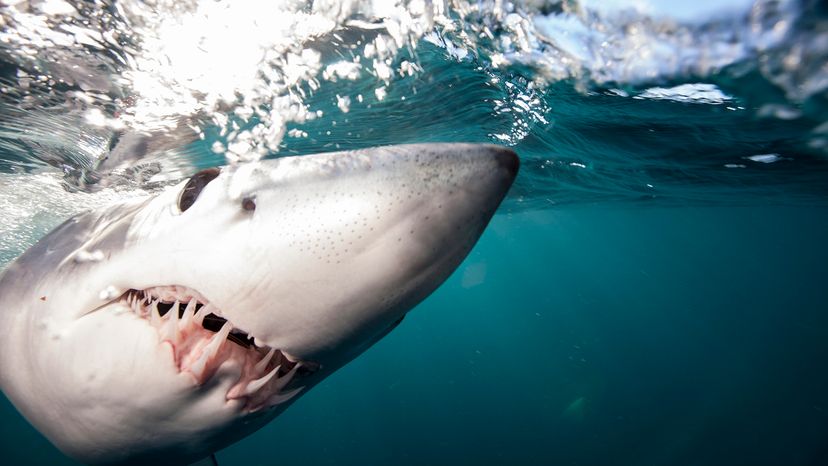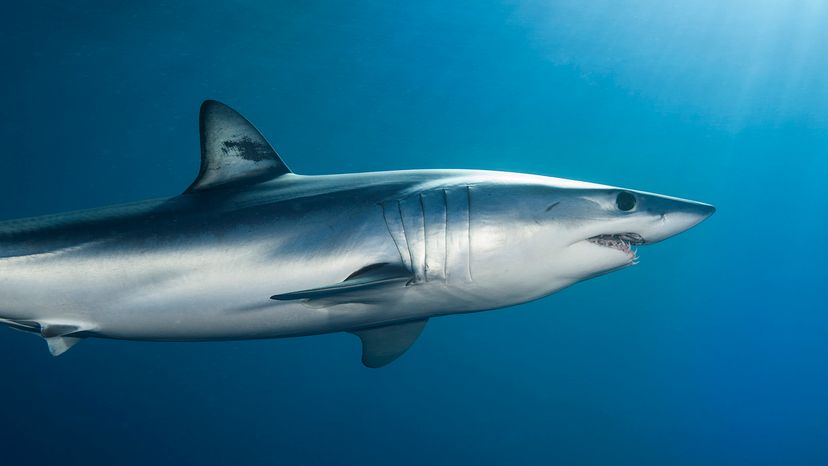
If the ocean had a drag race, the mako shark would leave the competition in its bubbly wake.
Clocking in at top speeds around 45 mph (72 km/h), the shortfin mako shark isn't just fast; it's the fastest shark species on the planet. With its sleek build and powerful tail, this predator zips through tropical and temperate waters across the globe.
Advertisement
It's a pelagic species, meaning it prefers the open ocean, and it's considered highly migratory, sometimes traveling across entire oceans.

